Nutrition And Diet Therapy 8th Edition By Whitney – Test Bank
Chapter 5 – Digestion and Absorption
Answer, K/A, page(s) K = knowledge question; A = application question
True/False
T K 107 1. A nutrient or other substance must pass through the cells of the digestive tract wall before it actually enters the body.
F K 107 2. Digestion is completed in the large intestine.
F K 110-111 3. Segmentation propels or pushes food through the GI tract while peristalsis mixes the food, with a more gradual pushing motion.
T K 111 4. The mouth initiates the liquefying process to reduce the food to a coarse mash suitable for swallowing.
F K 111 5. Of all the organs in the GI tract, the small intestine has the thickest walls and strongest muscles.
T K 113 6. Saliva protects tooth surfaces and the linings of the mouth, esophagus, and stomach from attack by molecules that might be harmful.
F K 113-114 7. Pepsin cannot function in the strong acid of the stomach.
T K 115 8. Drinking plenty of water in conjunction with eating foods high in fiber supplies fluid for the fiber to take up, thus relieving constipation.
F K 117 9. Some partially digested nutrients can be caught in the microvilli, but they cannot be further digested.
F K 117 10. People should not eat certain food combinations at the same meal because the digestive system cannot handle more than one task at a time.
Multiple Choice
c K 107 1. Another name for the digestive tract is the:
a. urinary tract.
b. exocrine system.
c. gastrointestinal system.
d. muscular system.
d K 107 2. The digestive tract begins at the ____ and ends at the ____.
a. stomach; large intestine
b. pharynx; rectum
c. lower esophageal sphincter; rectum
d. mouth; anus
b K 107 3. A bolus is a(n):
a. sphincter muscle separating the stomach from the small intestine.
b. portion of food swallowed at one time.
c. enzyme that hydrolyzes starch.
d. portion of partially digested food expelled by the stomach into the duodenum.
b K 107 4. The _____ is formed in the mouth.
a. bile
b. bolus
c. chyme
d. villus
d K 107 5. The _____ prevents food from entering the lungs.
a. lower esophageal sphincter
b. pharynx
c. ileocecal valve
d. epiglottis
d K 107 6. The stomach empties into the:
a. ileum.
b. cecum.
c. jejunum.
d. duodenum.
a K 107 7. Chyme is:
a. a semiliquid mass of partially digested food.
b. a portion of food swallowed at one time.
c. an enzyme in the stomach needed for the digestion of protein.
d. an esophageal secretion.
a K 107 8. Two organs that secrete digestive juices into the small intestine are the _____ and _____.
a. gallbladder; pancreas
b. pancreas; liver
c. gallbladder; liver
d. duodenum; pancreas
b K 107 9. The movement of chyme from the stomach into the small intestine is regulated by the:
a. pancreas.
b. pyloric sphincter.
c. ileocecal valve.
d. duodenum.
c K 108 10. Immediately before passing into the large intestine, the food mass must pass though the:
a. pyloric sphincter.
b. lower esophageal sphincter.
c. ileocecal valve.
d. bolus.
d K 110-111 11. “Peristalsis” is a term that refers to the:
a. circulation of blood in the blood vessels.
b. absorption of food in the intestines.
c. mixing and moving of food through the lymphatic system.
d. action of the involuntary muscles of the digestive tract.
a K 110-111 12. Involuntary muscle contractions move food through the intestinal tract. The movement that forces the contents back a few inches before pushing it forward again is called:
a. segmentation.
b. rotation.
c. peristalsis.
d. liquefaction.

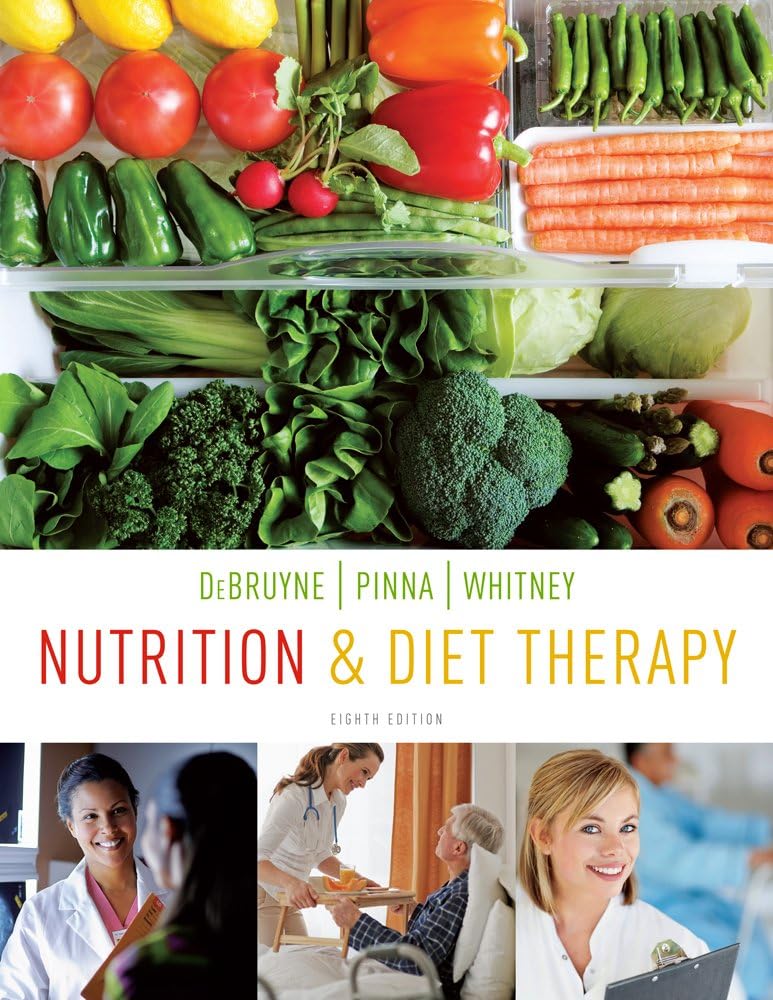




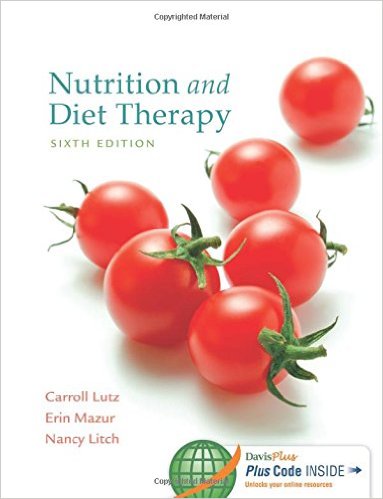
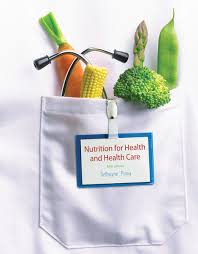


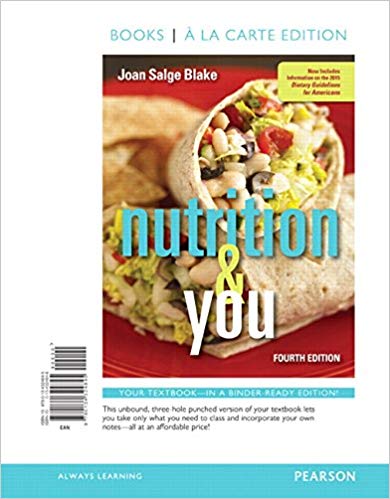
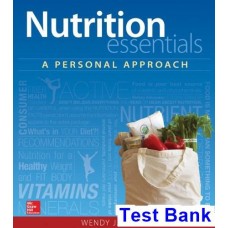
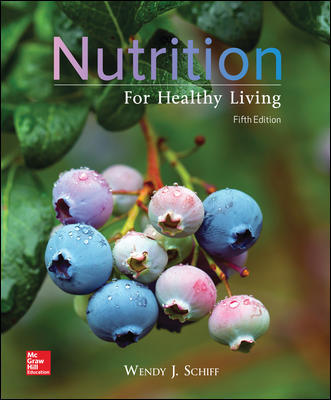

Reviews
There are no reviews yet.